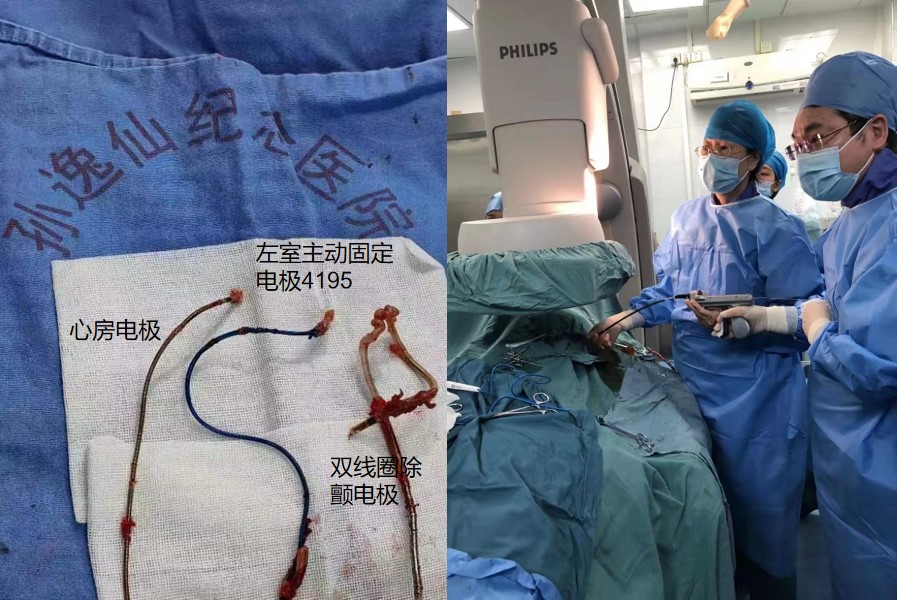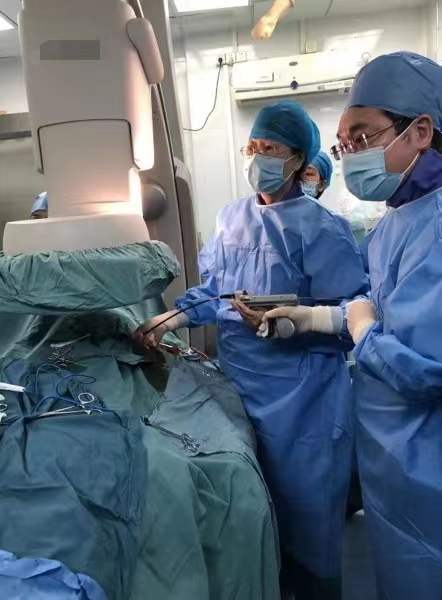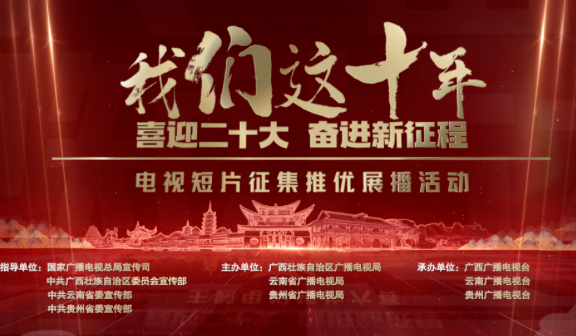Cardiac arouses infection!The doctor pulled the pacemaker who had been implanted in her body for more than ten years
Author:Guangzhou Daily Time:2022.08.08
If you get expanded myocardial disease, you can use the pacemaker to "save the heart"; but if the pacemaker causes infection, how can you treat the patient?
On the afternoon of August 8th, a reporter from Guangzhou Daily · Xinhuacheng learned from Sun Yaxian Memorial Hospital of Sun Yat -sen University that the hospital for cardiovascular medicine in the hospital has recently succeeded in a 65 -year -old patient, Aunt Li (pseudonym). All starting electrodes, especially the infected left ventricular active fixing electrode (4195) and the dual coil defibrodes, and remove the entire pacemaker system.
This difficult operation also means that after more than two years of experience in seeking medical treatment, Aunt Li can finally get rid of the "heart" disease caused by the pacemaker.
After changing the pacemaker, cause infection
The difficulty is extremely difficult to remove
According to Aunt Li, her "heart disease" has been for more than ten years, and she is breathless as soon as she walks, and she is still lying in the evening. After the three -cavity pacemaker (CRTD), the heart function was basically returned to normal and could live normally.
In 2020, due to the exhaustion of the pacemaker battery, Aunt Li underwent the replacement of the pacemaker. However, a month later, the problem appeared: redness, swelling, pain, and ulceration of the pacemaker incision appeared, and severe infections were issued. In the past two years, Aunt Li has been seeking medical treatment in many places in China, and has tried conservative treatment methods such as local debridement. Professor Chen Xinxin, deputy dean of the hospital with rich experience.

"Fully remove the entire pacemaker system, including all electrodes to eradicate infection. The biggest difficulty of this case is to remove the active fixing 4195 electrode on the surface of the left ventricular outer membrane surface of the coronary sinus." Chinese Medicine Society Hearts Professor Wang Jingfeng, director of the Department of Cardiovascular Medicine of Sun Yaxian Memorial Hospital of Sun Yat -sen University, as the leader of the team, suddenly ordered the key to the problem.
It is reported that the left ventricular fixed electrode 4195 is fixed in the coronary vein branch. It will grow with the entire blood vessels after many years, and the difficulty and risk are extremely high. At present, there are only one successful removal and several clinical removal in the country (Note::: That is, most of the removal, the remaining electrode remnants in the coronary vein cavity).
After the team was fully discussed and prepared, the surgery was completed by Professor Chen Xinxin, Professor Zhou Shuxian, and Cardiovascular Department of Cardiovascular Medicine. As a reserve, the pericardial puncture bag, chest bun, and cardiac ultra -color Doppler bed are used to quickly respond when severe complications.
Exciting operations like cocooning
Successfully removed "time bombs"
On the day of surgery, the surgery team used technologies such as locking wires, Evolutionrl mechanical sheath tubes, and sleeve dilatation tubes, which must not only separate adhesion tissues, but also cannot cause blood vessels and hearts. After careful and meticulous operation, the right atrium electrodes are smoothly removed, and the more difficult dual -coil right ventricular right ventricular deflation electrodes are also carefully removed.
The most difficult and most risk of this time is the active fixed electrode of the left ventricle. During the operation, Aunt Li repeatedly suffered slow heart rate and low blood pressure to only 50-60 mm Hg at the systolic blood pressure. Professor Chen Xinxin adjusted the surgical strategy in time, and finally successfully retracted the left room active fixed electrode into the sheath tube and moved out of the body.
There was no pericardial effusion after the cardiac ultrasound examination, indicating that there was no obvious damage to the blood vessels and heart during the separation and removal of the wires.

Professor Chen Shinxin and Professor Zhou Shuxian successfully removed the pacemaker for Aunt Li
"Prevention is far better than treatment. Once implantation of heart equipment is infected, it may bring catastrophic consequences. Light local infections, wounds will not heal, infectious endocarditis, infectious shock, and even death. Once the pairing system is infected, it is like a 'time bomb', which must be removed. "Professor of Professor Xingxin pointed out that because Aunt Li suffered from dilated cardiomyopathy, a complete left bouquet of the left beam branches, this time was completely removed. After the pairing system, the anti -infection treatment will be performed for 2 weeks, and the pacemaker needs to be reinstalled to achieve the purpose of treatment.
It is understood that the Department of Cardiovascular Medicine of Sun Yixian Memorial Hospital of Sun Yat -sen University, as the earliest heart center in South China to carry out the pacemaker, has been below 0.1%. According to Professor Chenxin, the hospital will also introduce more advanced laser removal devices in the future, so that the technical support of permanent pace electrode removal will be further upgraded.
Text/Guangzhou Daily · Xinhua City Reporter: Ren Shanshan Correspondent: Zhang Yang, Huang Rui, Mai Jingting
The picture is provided by the hospital
Guangzhou Daily · Xinhuacheng Editor: Lin Xiahong
- END -
Encephalitis/meningitis multi -disease primary nucleic acid combined detection kit (closed nest multi -PCR melting curve method) was approved for listing
Recently, the State Drug Administration was reviewed and approved the Biofire Diagnostics (LLC) encephalitis/meningitis multi -disease primary nucleic acid combined test kit (LLC) produced (LLC). )
Guangxi has entered the influenza summer peak!How to prevent it?What do you think of experts

Recently, many people in Guangxi feelThere are more people who have a cold aroundB...